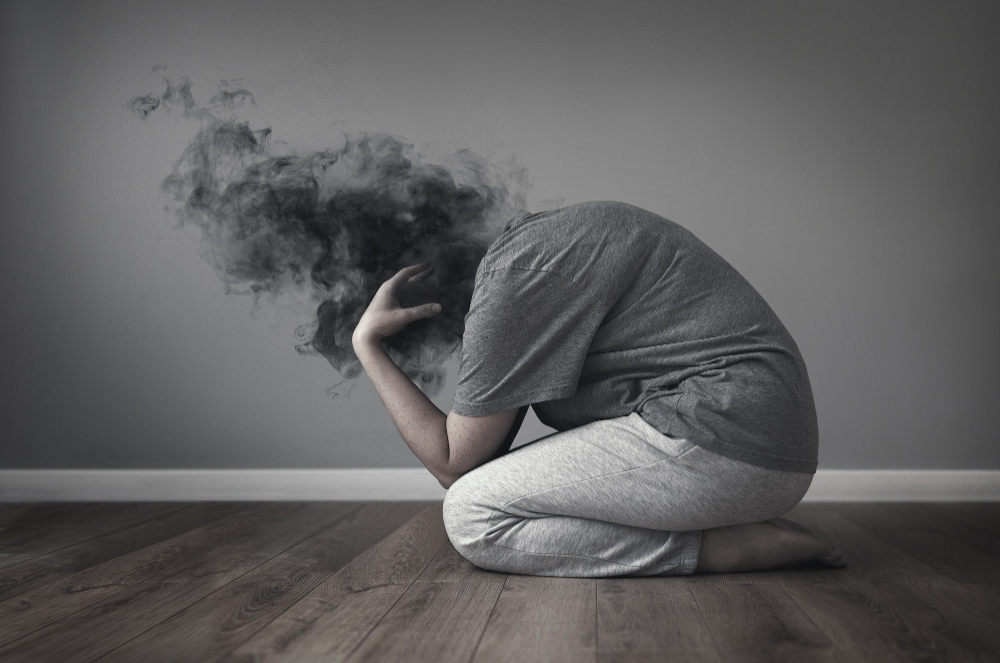Extreme shifts in mood are symptoms of bipolar disorder, a mental condition. Feelings of intense joy or profound grief are possible outcomes of these mood swings. They might make it hard for you to do your job and handle your personal life. However, bipolar disorder symptoms and impacts might differ significantly across Men and women. Symptoms of bipolar disorder may manifest later in women. Compared to men, women could also have lengthier depression episodes.
Symptoms of Bipolar Disorder in Women
Recognizing the main symptoms of bipolar disorder is critical. The most important signs are:
Mania
Excessive euphoria is known as the manic phase. You could have heightened levels of energy, creativity, and vivacity during manic episodes. You can also experience irritability. High-risk activities include drug misuse and sexual engagement. You can act irresponsibly with your money, spending it carelessly or investing it poorly. The duration of a manic episode might be seven days or more. Hallucinations, whether they be audible or visual, are known as psychotic features.
Hypomania
A milder version of manic episodes is hypomania. Hypomanic episodes may cause mania-like feelings. However, compared to manic episodes, these heightened emotions are milder and less disruptive to daily life. Hypomania tends to strike women more often than men.
Depression
A depressed person’s mood is consistently poor. You may experience extreme melancholy and a marked decrease in energy levels during periods of depression. Two weeks is the minimum duration for these episodes. This is why periods of depression may lead to significant disability. Men are less prone to suffer from depression symptoms compared to women.
Mixed mania
Bipolar disorder may cause mixed mania as well as manic and depressed episodes. The term mixed episode might describe this as well. For seven days or more, people with mixed episodes may feel both euphoric and depressed. Mixed episodes are more common in females than in males.
Intensive cycling
Alternating between manic and bipolar episodes might be a hallmark of the disorder. Rapid cycling is a bipolar disorder with at least four manic or depressed episodes in a year. Higher incidences of are associated with rapid cycling:
- Depression
- Feeling anxious
- Hypothyroidism
- Misuse of substances
- Suicide
Conclusion
Regardless of a person’s age or gender, bipolar disorder may manifest. It often begins throughout adolescence or early adulthood. Women often experience numerous depressive episodes as adults before a manic or hypomanic episode. In contrast, men are more prone to develop childhood manic episodes.




